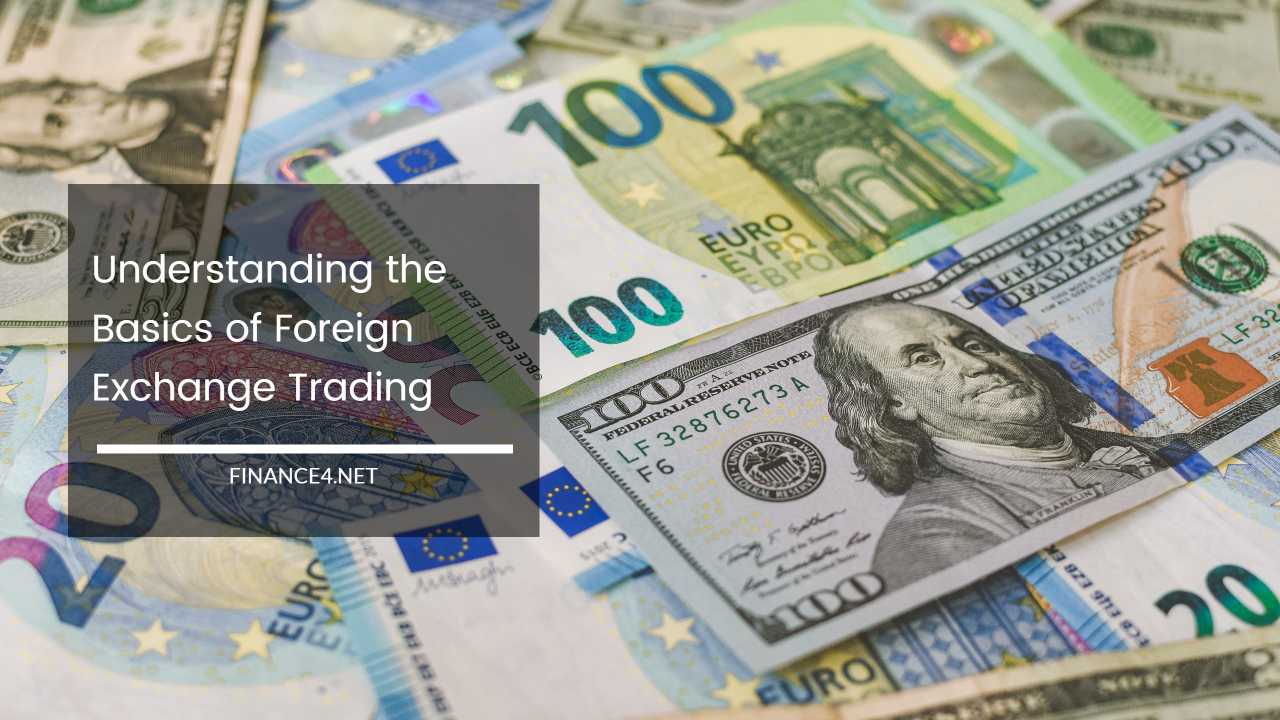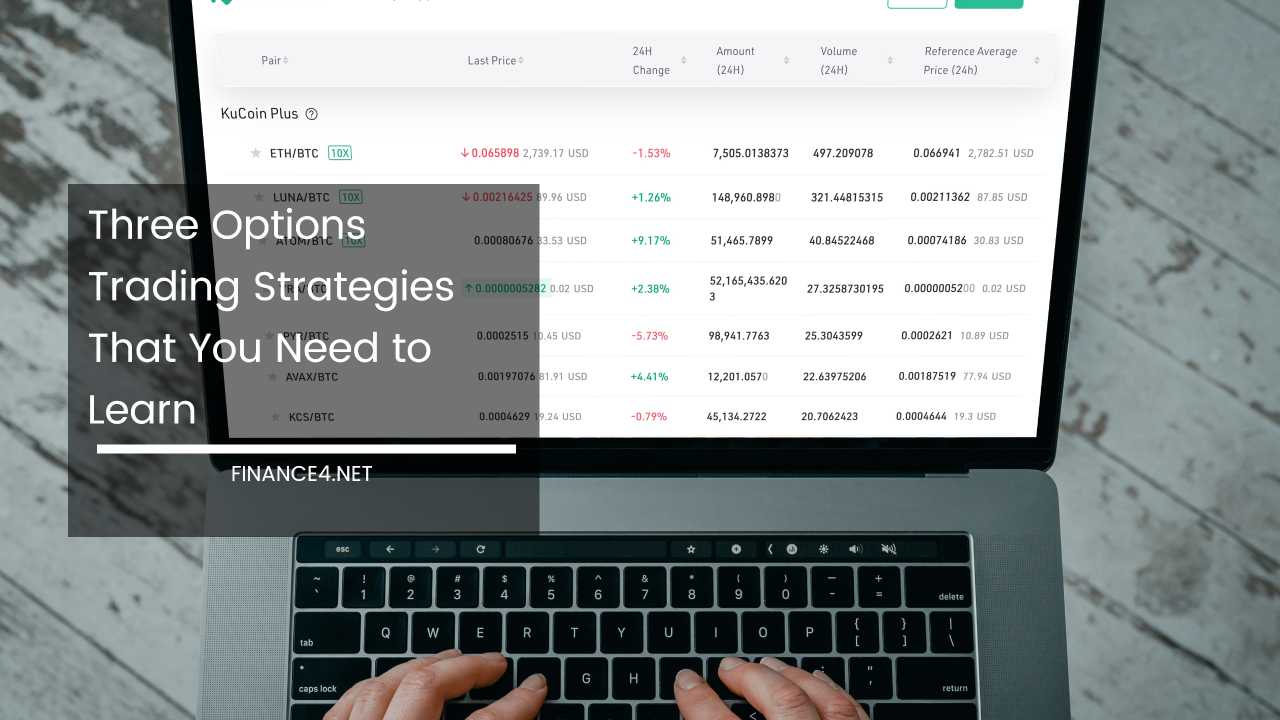Understanding the Basics of Foreign Exchange Trading

Basics of Foreign Exchange Trading
Foreign exchange (forex) trading is the largest and most liquid financial market in the world, with trillions of dollars exchanged daily. Forex trading involves buying and selling currencies to profit from the fluctuations in their exchange rates.
It offers a unique opportunity for individuals and institutions to participate in the global currency market and potentially generate significant returns.
In this comprehensive guide, we will cover the fundamentals of forex trading, including its mechanics, key participants, trading strategies, and risk management techniques.
1. The Basics of Forex Trading
a) Currency Pairs:
In forex trading, currencies are traded in pairs, with one currency representing the base currency and the other as the quote currency. For example, in the EUR/USD pair, the euro (EUR) is the base currency, and the US dollar (USD) is the quote currency.
b) Exchange Rate:
The exchange rate represents the value of one currency relative to another. It determines how much of the quote currency is required to buy one unit of the base currency.
c) Bid and Ask Price:
The bid price is the price at which the market will buy the base currency, while the ask price is the price at which the market will sell the base currency. The difference between the bid and ask price is known as the spread.
d) Leverage:
Forex trading offers the option to use leverage, allowing traders to control larger positions with a smaller amount of capital. However, while leverage amplifies potential gains, it also increases the risk of significant losses.
e) Market Participants:
Various participants engage in the forex market, including banks, financial institutions, corporations, governments, retail traders, and speculators.
2. Forex Market Hours
The forex market operates 24 hours a day, five days a week, due to its global nature and the involvement of different time zones.
The market opens on Sunday evening and closes on Friday evening (UTC time). Traders can access the market at any time during these operating hours, providing continuous opportunities for trading.
3. Key Participants in Forex Trading
a) Banks and Financial Institutions:
Banks are the primary participants in the forex market, facilitating currency transactions for their clients and engaging in proprietary trading for profit.
b) Corporations:
Corporations participate in forex trading to conduct international business transactions, hedging against currency risk, and managing their foreign exchange exposure.
c) Governments and Central Banks:
Governments and central banks intervene in the forex market to stabilize their national currencies or achieve specific monetary policy objectives.
d) Retail Traders:
Individual traders and investors, often referred to as retail traders, access the forex market through brokers and online platforms.
e) Speculators:
Speculators aim to profit from short-term fluctuations in currency prices, taking advantage of market volatility.
4. Major Currency Pairs
The forex market categorizes currency pairs into major, minor, and exotic pairs. Major currency pairs include the most liquid and widely traded currencies in the world:
a) EUR/USD (Euro/US Dollar):
The EUR/USD pair is one of the most heavily traded currency pairs, representing the eurozone’s euro against the US dollar.
b) USD/JPY (US Dollar/Japanese Yen):
The USD/JPY pair represents the US dollar against the Japanese yen.
c) GBP/USD (British Pound/US Dollar):
The GBP/USD pair represents the British pound sterling against the US dollar.
d) USD/CHF (US Dollar/Swiss Franc):
The USD/CHF pair represents the US dollar against the Swiss franc.
e) USD/CAD (US Dollar/Canadian Dollar):
The USD/CAD pair represents the US dollar against the Canadian dollar.
f) AUD/USD (Australian Dollar/US Dollar):
The AUD/USD pair represents the Australian dollar against the US dollar.
g) NZD/USD (New Zealand Dollar/US Dollar):
The NZD/USD pair represents the New Zealand dollar against the US dollar.
5. Forex Trading Strategies
Forex traders use various strategies to analyze the market and make trading decisions. Some common strategies include:
a) Technical Analysis:
Technical analysis involves studying historical price data and using chart patterns, indicators, and other tools to forecast future price movements.
b) Fundamental Analysis:
Fundamental analysis focuses on economic indicators, news, and geopolitical events to assess a currency’s intrinsic value and make trading decisions.
c) Sentiment Analysis:
Sentiment analysis considers the collective mood and attitudes of traders towards a particular currency pair, gauging market sentiment and potential price directions.
d) Scalping:
Scalping involves making multiple quick trades throughout the day to profit from small price movements.
e) Swing Trading:
Swing trading aims to capture medium-term price movements, holding positions for several days or weeks.
f) Position Trading:
Position traders take long-term positions based on their analysis of fundamental and technical factors.
6. Risk Management in Forex Trading
Forex trading involves inherent risks due to market volatility and leverage. Implementing effective risk management strategies is crucial for protecting capital and ensuring long-term success. Some risk management techniques include:
a) Setting Stop-Loss and Take-Profit Orders:
Stop-loss and take-profit orders help limit potential losses and lock in profits at predetermined price levels.
b) Using Proper Position Sizing:
Determine the appropriate position size based on your account balance and risk tolerance to avoid overexposure to any single trade.
c) Diversifying Your Portfolio:
Spread your risk by trading multiple currency pairs and employing various trading strategies.
d) Avoiding Emotional Trading:
Emotions can lead to impulsive decisions. Stick to your trading plan and avoid making hasty choices based on fear or greed.
e) Keeping Up with Market News:
Stay informed about economic events and news that can impact currency prices, allowing you to make informed trading decisions.
7. Choosing a Forex Broker
Selecting a reputable and reliable forex broker is crucial for a smooth trading experience. Consider factors such as regulation, fees, spreads, leverage, customer service, and trading platforms when choosing a broker.
8. Practice with Demo Accounts
For beginners, practicing with demo accounts offered by forex brokers can provide a risk-free way to gain experience and test trading strategies.
9. Continuous Learning and Improvement
Forex trading is a dynamic and ever-changing market. Continuous learning and improvement are essential for staying ahead and adapting to market conditions.
10. Final Thoughts
Forex trading offers a world of opportunities for investors and traders alike, but it also carries significant risks.
Understanding the basics of forex trading, including currency pairs, market participants, trading strategies, and risk management techniques, is vital for making informed decisions and maximizing your potential for success in the global forex market.



